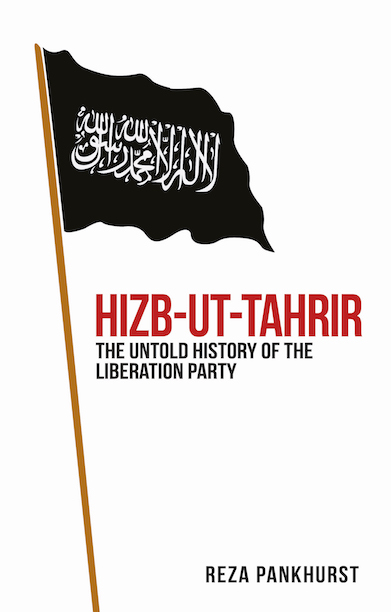Horn, Sahel and Rift
Fault-lines of the African Jihad
Profiles the spread of Islamist groups in Africa, and the growing links between them to determine whether their objectives may one day extend beyond the continent.
Description
Reviews
‘[Horn, Sahel and Rift] thoughtfully [documents] the persistence of radical Islamist militancy in Africa … Much has already been written of [the main groups operating in Africa] but Hansen’s account has the significant virtue of demonstrating the many individual, organisational and ideological links among them’. — Foreign Affairs
‘This book is a ground-breaking study which deserves a wide audience. Academics, diplomats and politicians concerned with jihadism will find much to ponder here. Informative and accessible, it is also recommended for general readers seeking to better understand the world around them.’ — International Affairs
‘Extensively detailed … [a] noteworthy book.’ — The Washington Times
‘[Horn, Sahel and Rift] is a superb contribution to the conflict and extremism scholarship.’ — African Studies Quarterly
‘Horn, Sahel and Rift contributes significantly to the empirical study of African militant Islamist groups and proposes a useful new typology and argument for how to better understand the relationship between these non-state actors and territory and territorial control and governance. It will be of interest to policymakers, academics and students as well as interested general readers.’ — The Muslim World Book Review
‘The book persuasively sheds light on key aspects on the modus operandi of violent Jihad organisations in Africa. This is a decisive contribution to the historiography on contemporary Islam in Africa, particularly for those who are interested in the most recent activities of these groups.’ — International Journal of African Historical Studies
‘A must-read for anyone seeking to understand modern terrorist movements and their ability to adapt and survive. Hansen’s detailed and sophisticated accounts of African jihadist groups show how global and local conditions interact in complex ways. Exemplary scholarship with an important message.’ — Stephen Walt, Robert and Renee Belfer Professor of International Affairs, Harvard Kennedy School
‘This superb book bridges IR theory with detailed African case-studies to explore the global dimensions of jihad. How did the Islamic State, Al Shabaab and Boko Haram control territory and survive its loss? Hansen challenges the concept of ungoverned spaces, providing a dynamic comparative framework to understand violent jihadist networks in Sub-Saharan Africa.’ — Mia Bloom, Professor of Communication, Georgia State University Middle East Studies Center, and author of Bombshell: Women and Terror
‘A masterful analysis of Africa’s violent jihadist movements. Hansen combines historical depth with a compelling account of recent changes, integrating local interests with global dynamics. This meticulously researched study makes sense of the groups’ remarkable resilience. It will be read with great interest by security experts, policymakers and academic alike.’ — Jacob Wiebel, Assistant Professor in African History, University of Durham
‘Without discounting the influence of international jihadist networks, Hansen offers a measured and nuanced analysis of African groups, rooted in a deep understanding of local dynamics. A must-read for anyone interested in jihadism, groups’ formation and evolution, and African security.’ — Virginia Comolli, Senior Fellow for Conflict, Security and Development, IISS, and author of Boko Haram: Nigeria’s Islamist Insurgency
Author(s)
Stig Jarle Hansen is based at the Norwegian University of Life Sciences in Akershus, where he led Norway’s only MA in International Relations (2010-16). He has conducted extensive field studies in Africa, and is the author of the acclaimed Al-Shabaab in Somalia, also published by Hurst (2013).






